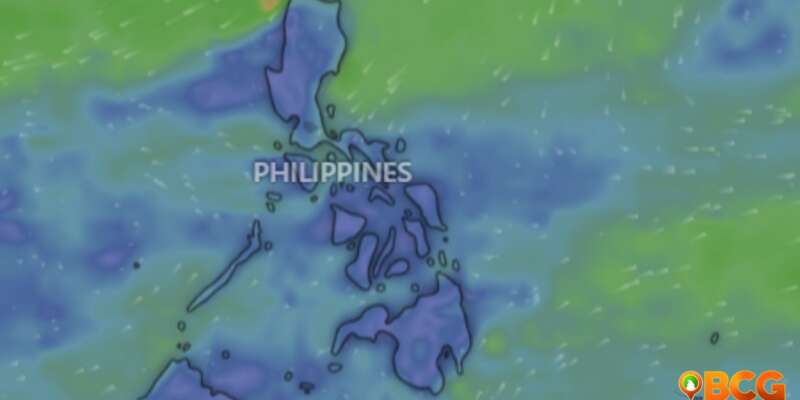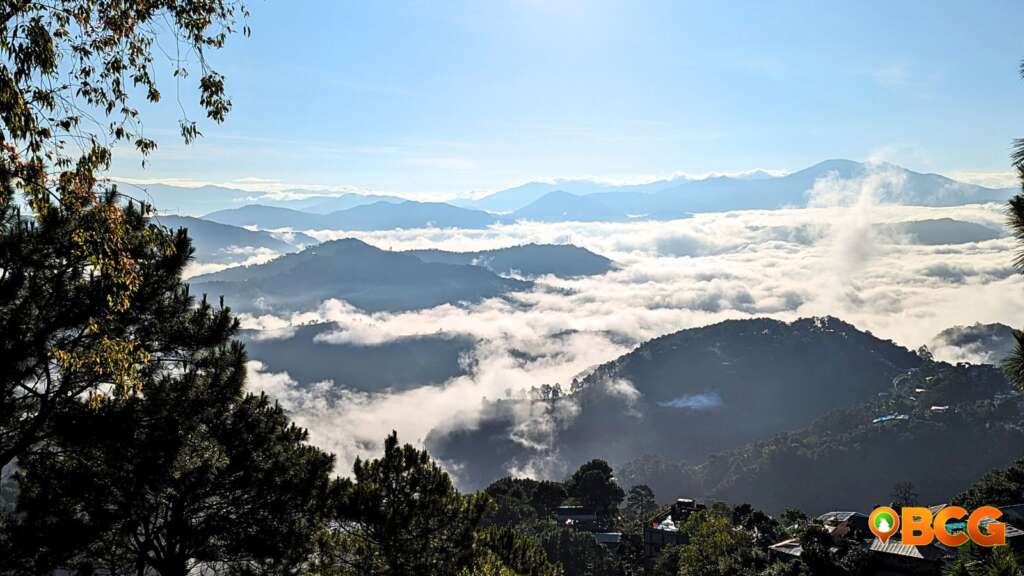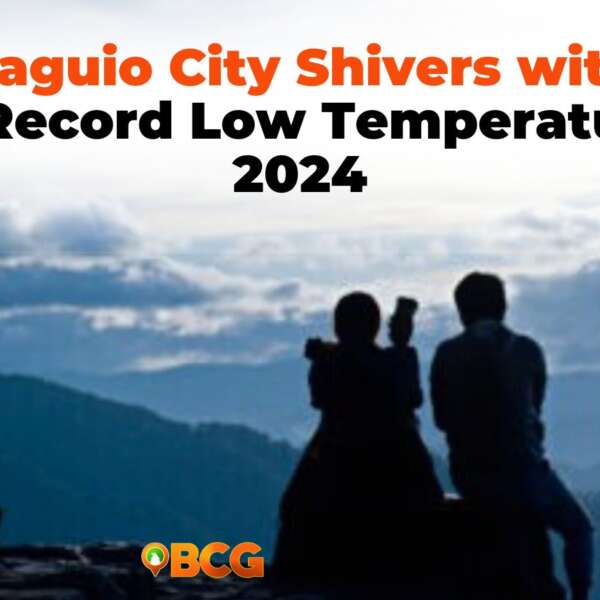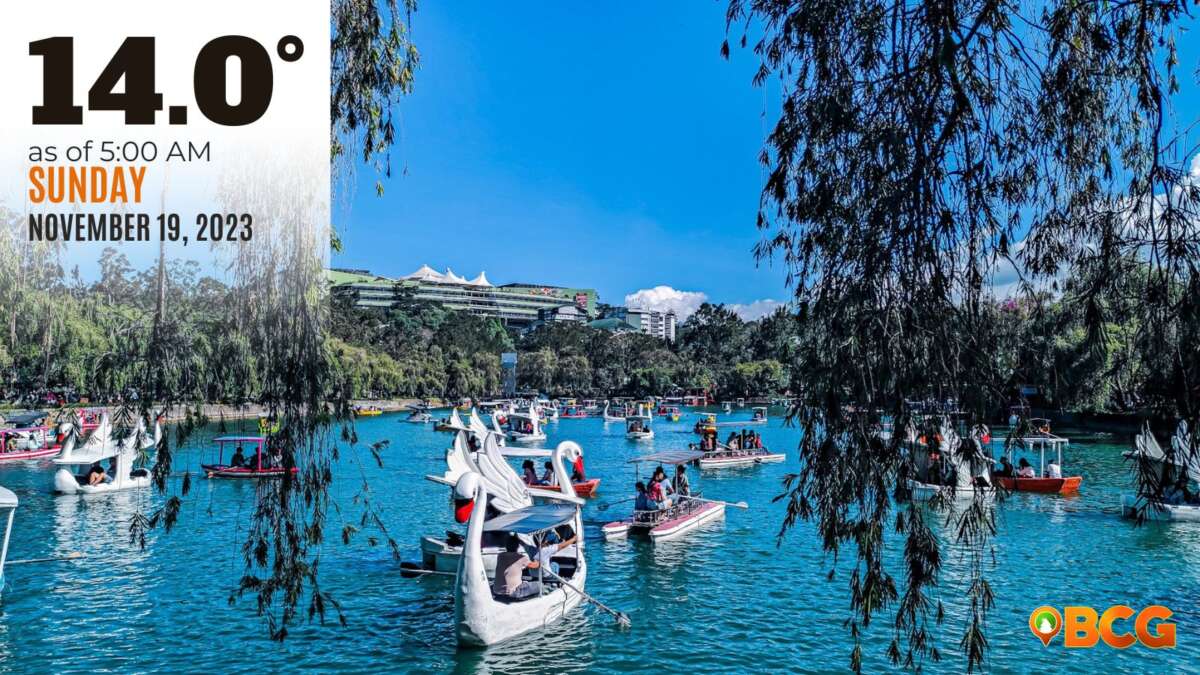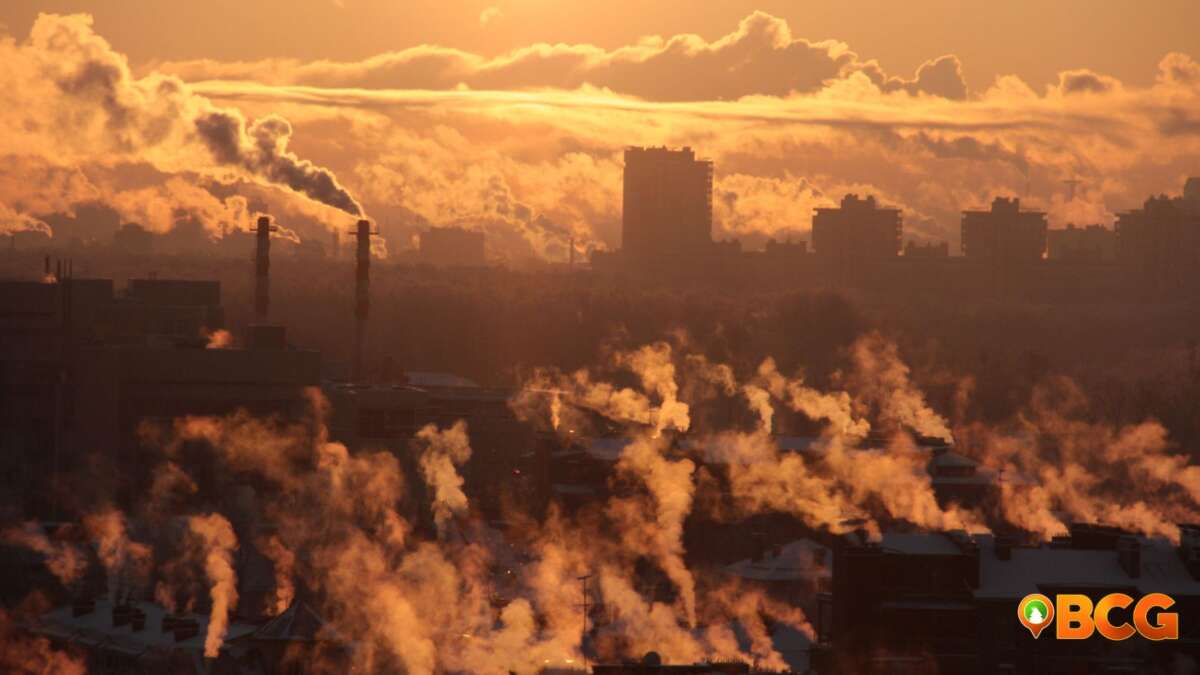PAGASA Confirms Termination of the Southwest Monsoon
The Southwest Monsoon, locally known as Habagat, has been a significant weather phenomenon in the Philippines. However, recent observations indicate a notable weakening of this monsoon over the past days. This weakening is further corroborated by the strengthening of the high-pressure system over East Asia, causing a shift in the prevailing weather patterns.
From Habagat to Amihan
This shift marks the official end of the Southwest Monsoon season. The Philippines is now transitioning towards the Northeast Monsoon (NE) season, also known as Amihan. This transition will become more apparent in the upcoming weeks, and an official declaration is expected soon. This would also mean better weather conditions for those located north of Luzon and if we get lucky this year’s amihan would bring colder temperatures in Baguio City.
Prevailing El Niño
But there’s another factor at play: the ongoing El Niño. This climatic event is predicted to increase the chances of below-average rainfall. Such conditions can lead to adverse effects like dry spells and even droughts. These effects are anticipated to be most pronounced during the last quarter of 2023 and may extend to the first quarter of 2024. The repercussions of this can be severe, especially for climate-sensitive sectors. These sectors include water resources, agriculture, energy, health, public safety, and other crucial areas of the nation.
In light of these developments, PAGASA, the country’s weather and climate authority, emphasizes its commitment to closely monitor the nation’s weather and climatic conditions.
Source: PAGASA

